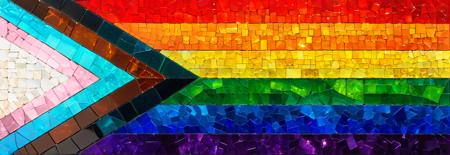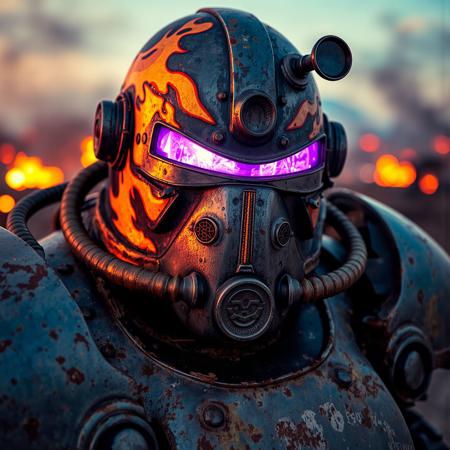Type | |
Stats | 72 4 6 |
Reviews | (9) |
Published | Mar 31, 2025 |
Base Model | |
Training | Steps: 270 Epochs: 5 |
Usage Tips | Clip Skip: 1 |
Hash | AutoV2 7112D58CF7 |
Camouflage face paint is a practical and tactical tool used primarily in military and survival settings to reduce facial visibility and disrupt recognizable human features in natural or urban environments. The human face, with its symmetry, skin tone, and reflective surfaces, stands out easily against most backgrounds, making it a liability in combat or stealth operations. Camouflage face paint addresses this by dulling reflective skin, breaking up the outline of the face, and blending features into surrounding terrain using contrasting pigments—typically in earthy tones like greens, browns, blacks, and tans.
The theory behind its application is rooted in visual disruption and concealment. Paint is often applied asymmetrically to avoid recognizable patterns, with dark colors (like black or deep green) placed on naturally protruding areas such as the nose, brow, and cheekbones, and lighter colors (like tan or olive) used in recessed areas. This technique flattens depth and helps the face merge into textured environments like foliage, sand, or rubble. Different environments demand different color schemes—jungle, woodland, desert, snow, and night operations all require specialized blends.
Beyond combat, camouflage face paint is also used in recreational scenarios like airsoft, paintball, and even fashion or art for its bold aesthetic and symbolic intensity. Whether utilitarian or expressive, it turns the human face into a surface for transformation, concealment, or identity.



